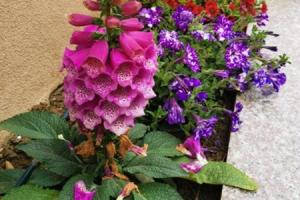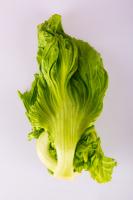Why Does My Spider Plant Have Brown Tips?
Spider plants are a popular indoor plant due to their easy maintenance and attractive foliage. However, it can be frustrating to see brown tips on your spider plant leaves. Here are some possible reasons for this issue and how to address it.
Insufficient Watering
One of the most common reasons for brown tips on spider plant leaves is due to inadequate watering. If your spider plant is not receiving enough water, the tips of the leaves will dry out and turn brown. On the other hand, overwatering can also cause brown tips by promoting root rot, which can affect the plant's ability to take in water and nutrients.
To fix this, make sure you are watering your spider plant adequately based on its specific needs. Generally, spider plants prefer moderate to bright indirect light and require evenly moist soil. You can test the soil moisture by sticking your finger about an inch deep into the soil; if it feels dry, it's time to water. Ensure that the container or soil has proper drainage to avoid overwatering.
Low humidity
Spider plants prefer humid environments, and low humidity can cause brown tips. If your home is too dry, the plant may not receive enough moisture, leading to the drying out of leaf tips. This is especially common during the winter months when heaters and other indoor heating sources can make the air drier.
To address this issue, you can provide more humidity to your spider plant by misting it regularly or placing it near a humidifier. You can also group multiple plants together, creating a microclimate with more humid air.
Poor Fertilization
Spider plants thrive on nutrient-rich soil, and a lack of essential nutrients can cause brown tips. This can occur if your spider plant has not been fertilized in a while or is growing in depleted soil. Over-fertilization can also cause brown tips, so it's essential to use the right amount of fertilizer for your spider plant.
To address this issue, fertilize your spider plant appropriately based on its growth and the specific plant's requirements. Spider plants prefer fertilizers with higher nitrogen levels that can promote leaf growth. You can also use organic fertilizers, such as compost or worm castings, to provide essential nutrients to the soil.
Conclusion
In conclusion, brown tips on spider plant leaves can indicate several issues, including insufficient watering, low humidity, and poor fertilization. To address this problem, ensure that you are growing your spider plant in adequately moist soil, providing enough humidity, and fertilizing it with proper feeding. With proper care, your spider plant should thrive, and its foliage will be healthy and attractive.

 how many times do yo...
how many times do yo... how many planted tre...
how many planted tre... how many pine trees ...
how many pine trees ... how many pecan trees...
how many pecan trees... how many plants comp...
how many plants comp... how many plants can ...
how many plants can ... how many plants and ...
how many plants and ... how many pepper plan...
how many pepper plan...






























